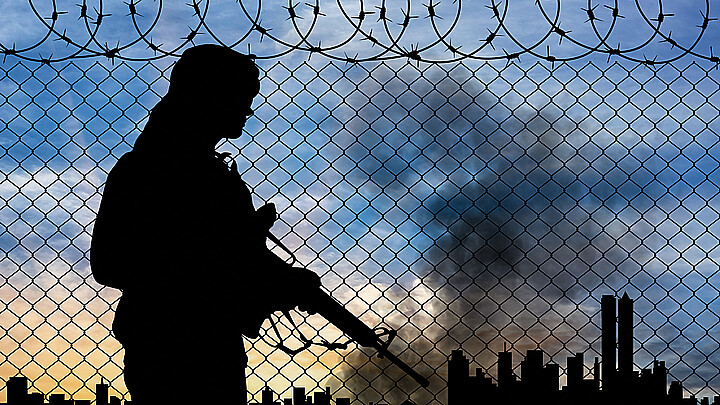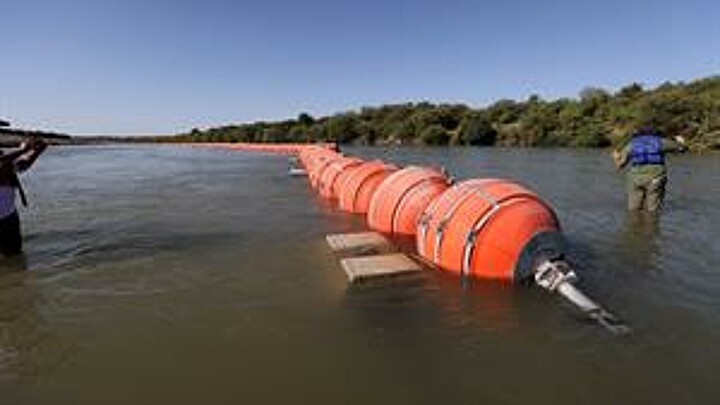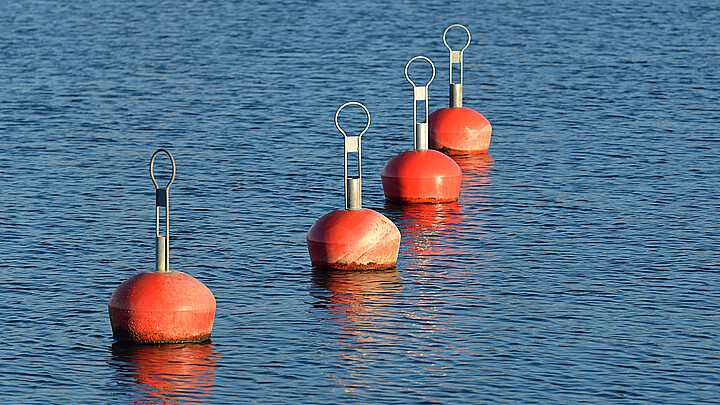Border
Almost 80% of Texas floating border wall in Mexico, survey finds
The topographical survey found that a majority—about 79% or 787 feet—of the barrier is technically in Mexico, suggesting that Texas violated the law

August 17, 2023 8:04am
Updated: August 17, 2023 8:04am
A new survey released by the federal government on Tuesday found that almost 80% of the floating border wall installed by Texas in the Rio Grande River is technically on the Mexican side of the border.
Texas installed 1,000 feet of the new barrier near the city of Eagle Pass, across from the Mexican town of Piedras Negras, to prevent undocumented migrants from attempting to swim across the river and cross the border.
The barrier is made up of four-foot-wide buoys that are equipped with weights and netting anchored to the river bed and are designed to rotate if someone attempts to climb over them.
In July, the U.S. Justice Department filed a lawsuit against the state of Texas claiming that it had been installed without proper authorization and is creating an obstruction in U.S. waters.
Similarly, the government of Mexico filed several complaints with the Biden administration, arguing that the floating border wall might violate boundaries and water treaties between the two countries.
"We are sending a mission, a territorial inspection," said Mexican Foreign Relations Secretary Alicia Barcena, "to see where the buoys are located... to carry out this topographical survey to verify that they do not cross into Mexican territory."
The survey that was filed in the federal district court in Austin on Tuesday was conducted by U.S. and Mexican officials at the International Boundary and Water Commission. According to the 1944 and 1970 water treaties, the international boundary is in the middle of the Rio Grande.
The topographical survey found that a majority—about 79% or 787 feet—of the barrier is technically in Mexico, suggesting that Texas violated the law.
"Comparing the survey results against the International Boundary Line (IBL) between the United States and Mexico, the survey as concurred in by (U.S. and Mexican) Commissioners reflects that the buoy chain crosses the IBL and that a majority of the floating barrier ... is located within the territory of Mexico," states the filing in the federal court's Western District of Texas.
The Justice Department said U.S. and Mexico officials "are in discussions on how to proceed with respect to the portion of the floating barrier that is located within the territory of Mexico."
Texas Governor Greg Abbott defended his decision to use the buoys despite the lawsuits and criticism.
“I will do whatever I have to do to defend our state from the invasion of the Mexican drug cartels and others who have tried to come into our country illegally, and I will protect our sovereignty,” the governor said.










